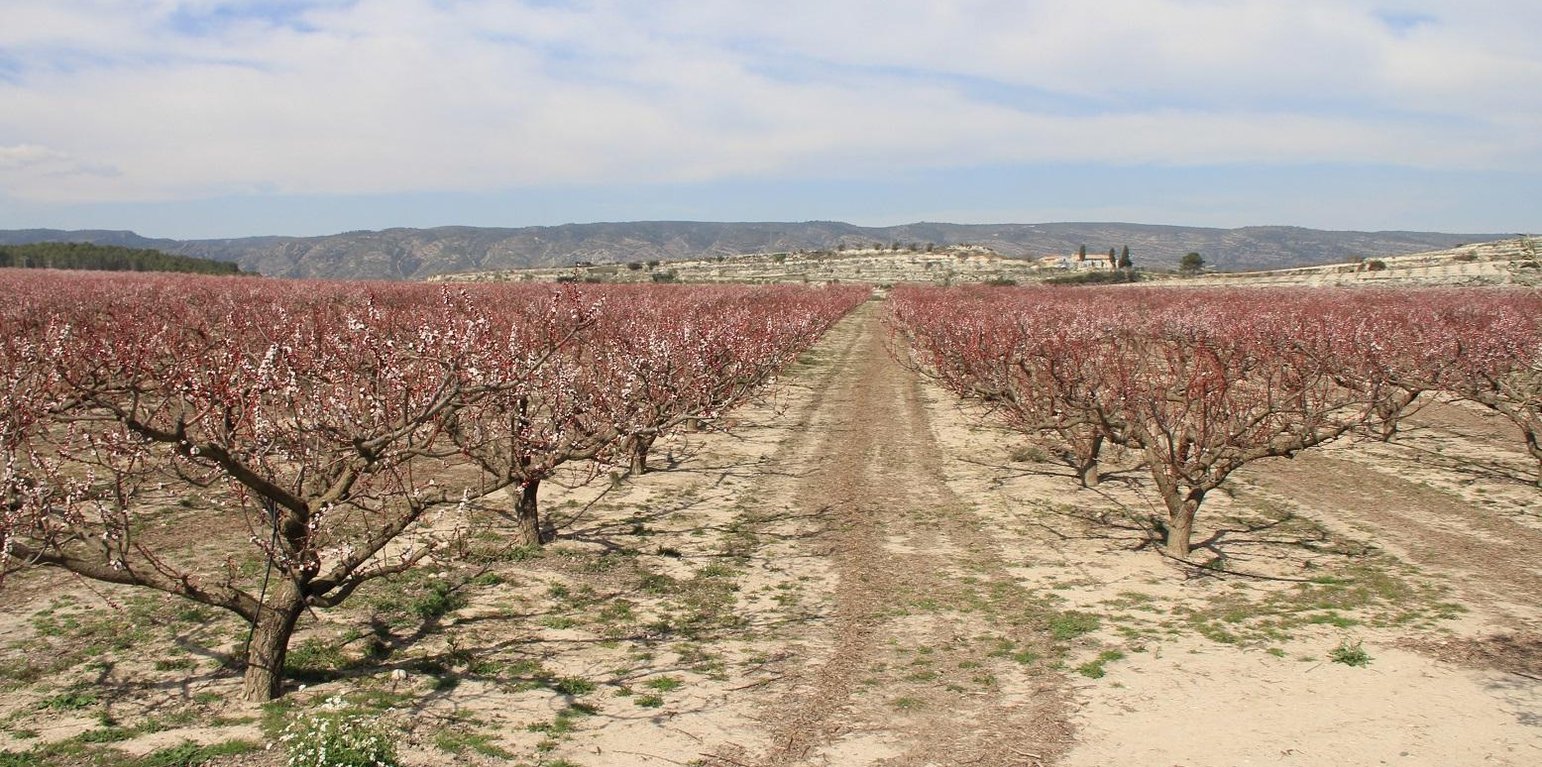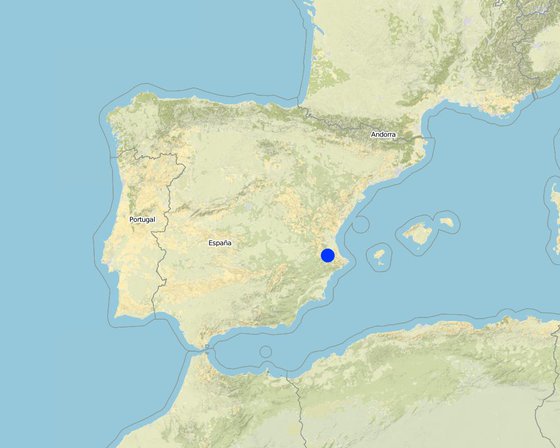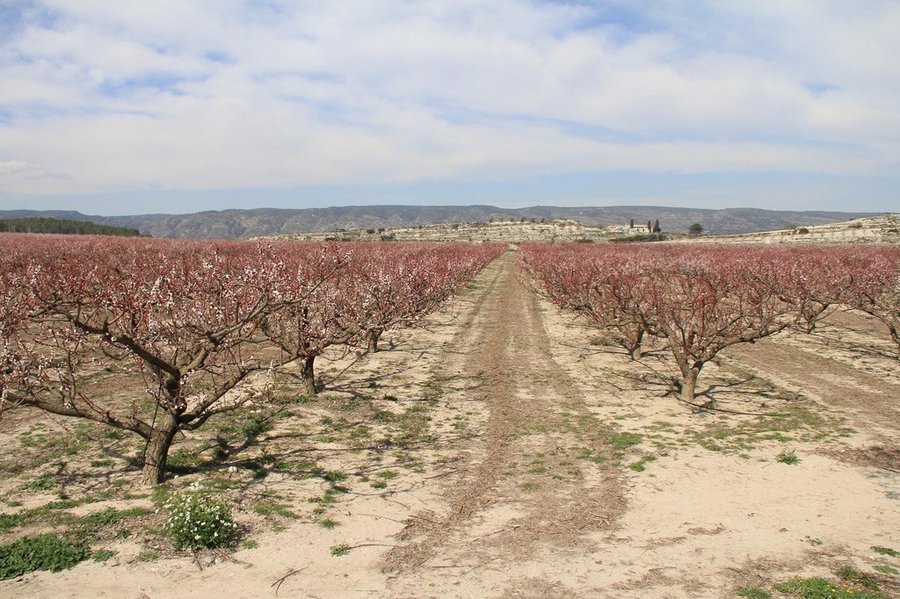



In a Persimmon crop area from Valencia (south-east Spain), the research team of the University of Valencia set up an experiment in order to test the effect of chipped branches lying on soil surface to avoid soil water erosion and improve soil properties.
Purpose of the Technology: The increase in ground cover will decrease soil erosion by reducing raindrop impact over the bare soil. Runoff amount also decrease by increasing water surface storage, decrease of runoff velocity, and increase infiltration. Its application must to be done after the pruning season and before Mediterranean high-storm events; namely end summer to early autumn, in order to protect raindrop impact and detached by bare
Establishment / maintenance activities and inputs: Chipped branches will be obtained after pruning and harvesting.
Natural / human environment: The persimmon production in the area has been implemented in recent dates due to the market prices. There has been a quick land use change from citrus orchards to persimmon orchards. The landscape reflects the long history of management where several constructions related with wine production depicted its importance on this region. Since the late 1960´s, chemical agriculture with use of fertilizers and herbicides, and new orchards plantations as Persimmon, lead to a seasonally bare soil surface, triggering huge erosion rates.

Location: Valencia, Spain, Spain
No. of Technology sites analysed:
Spread of the Technology:
Date of implementation:
Type of introduction





